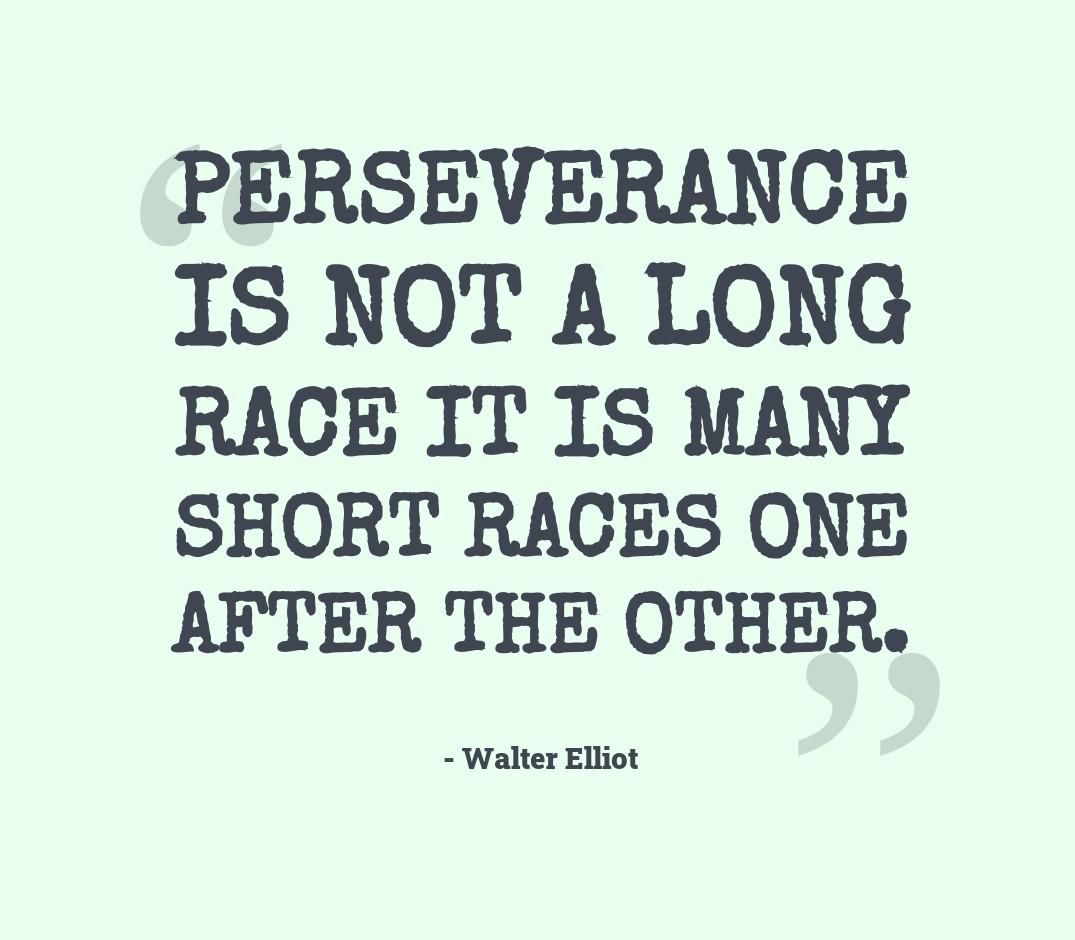
June 24, 2021
Are Assessments Misguiding Your Decision-Making?
A client of mine was in the running for a C-suite position for the company at which he spent the last decade of his career as an EVP. As part of the vetting process, this individual was required to undergo a number of assessments to help leadership ascertain whether or not he was the best candidate for the job. Sounds like a good idea, right? Maybe, except the company already had significant data on this employee’s performance based on his actual work history. I see this happen a lot. Companies, typically misled by the Human Resources department, focus on the results of assessments versus the results of a leader’s actual performance.
Nearly 60% of large companies in this country use various assessments as part of the interview process. I spent five years of my career in the assessment business and have written a lot about them for HBR and other publications. While most (though not all) assessments are terrible, the real problem lies in how they are used. The lack of scientific backing of the assessment, the misinterpretation of the results, and the fact that we often have better data are all reasons I encourage clients to eschew assessments except in rare cases.
I’ve observed that assessments are most often used as a CYA move, as if an assessment will protect you from making a bad hire or promoting the wrong person. Especially for internal candidates, there is just no replacement for relying on the experience of working with someone and the results they achieve to make a hiring decision. In the case of hiring executives, not every function of a candidate’s current job is going to translate into the responsibilities needed to fill the C-Suite position, but there are no doubt going to be similar traits. In the end, no behavioral assessment is going to tell you more than what you know from working with someone and what you can learn from a candidate’s supervisors and peers.
Sales Problems Masquerading as Cost Problems
For many, when the topic of expanding margins is discussed, it’s a simple knee-jerk response of, “How can we cut expenses?” Instant gratification is the main reason for this line of thinking. Attractive and somewhat falsely alluring, cutting costs delivers immediate results. Cut an expense today and often the results start to show in a month or two if not sooner, which makes everyone feel so good. But is it the right move to make?
What many organizations don’t realize is that most expense problems are sales problems in disguise. A while ago I shared my thoughts on what’s known in business as the Cut and Shrink Death Spiral. Here are a few points to remember when you think you have a cost problem:
- The best way to maximize your bottom line is to make sure you have a strong top line. This may seem like the most basic of financial topics, but you would be surprised how many leaders forget this.
- Cutting costs is attractive because it produces immediate results, but cost-cutting alone is not going to facilitate growth. You can cut unnecessary costs, but you can’t cut your way to growth.
- Revenue stream health and expansion of margins take time. It’s important to fight the ‘I want it now’ urges hammered into our heads through today’s world. If you have a 3–6-month sales cycle and the changes you need to make are successful and occur instantly, you’ll still have to wait 3-6 months to see the first sign of results. I believe this has more to do with understanding business and common sense than patience, but patience will help. Fighting reality never works.
If you’ve been too focused on cutting costs, consider the other side of the equation. To be clear, I am a cost-optimization advocate. Make your business as lean as you possibly can. But you can only cut a cost once and then its’ gone, and you need to turn your attention to the revenue generating side of the equation. Make sure your sales organization is pursuing your ideal client profile and delivering a well-designed sales experience. Next time you go to increase your bottom line, consider the idea that you likely have a sales problem—not an expense problem—on your hands.
Vacation Plans
I’m writing this newsletter just hours before I’m scheduled to leave for vacation. In addition to completing the newsletter, I find myself looking at all the other things I have on my list to finish. But as I think about all that is left undone on my to-do list including completing part of strategy for a client project, calling a prospective client, finishing an article I owe to my editor, and a pile of files that need to be organized, I realize they all have something significant in common. They have all needed my attention for at least a week, and in some cases more than a month. Nothing on this list that I am frantically working through is urgent, yet I feel compelled to complete them before I leave the office for vacation with my family. While I’m sure there are some interesting psychological principles that would explain this, I’ve found it’s a universal feeling. That even those things that you could have or should have done weeks, or dare I say months ago, will nag at you to handle them before you take your vacation.
But, despite my current behavior, you don’t have to get it all done. You really don’t. It’s taken me a long time to learn this. And I’ve had many conversations with clients about the very same topic. There is always work to be done, tasks and people waiting on you, and things you need to handle. Take care of the truly urgent, and trust that it’ll all be there - no worse off - for you when you get back.
If you want to read more on this, check out my HBR article Don’t Obsess Over Getting Everything Done Before a Vacation.
Now, I really do need to get my desk clean. Never mind that it hasn’t been completely clean for weeks. I simply can’t leave before I do that!
Current Read:
“Figure Out the Right Hybrid Work Strategy for Your Company”
As the COVID-19 pandemic comes to an end and businesses begin to return to normal, it is up to business leaders to decide what their company’s new normal will be in regard to the working environment. Many people have become accustomed to the option to work from home while others feel that doing so over the long-term will destroy company culture. This article explores the challenges that business leaders are facing, or will face, when determining the best path to pursue in a post-pandemic world. The author examines the three key things at play when considering a hybrid-work model: productivity, staffing, and culture, and provides tangible steps for how to navigate these conversations.
Quotable:


